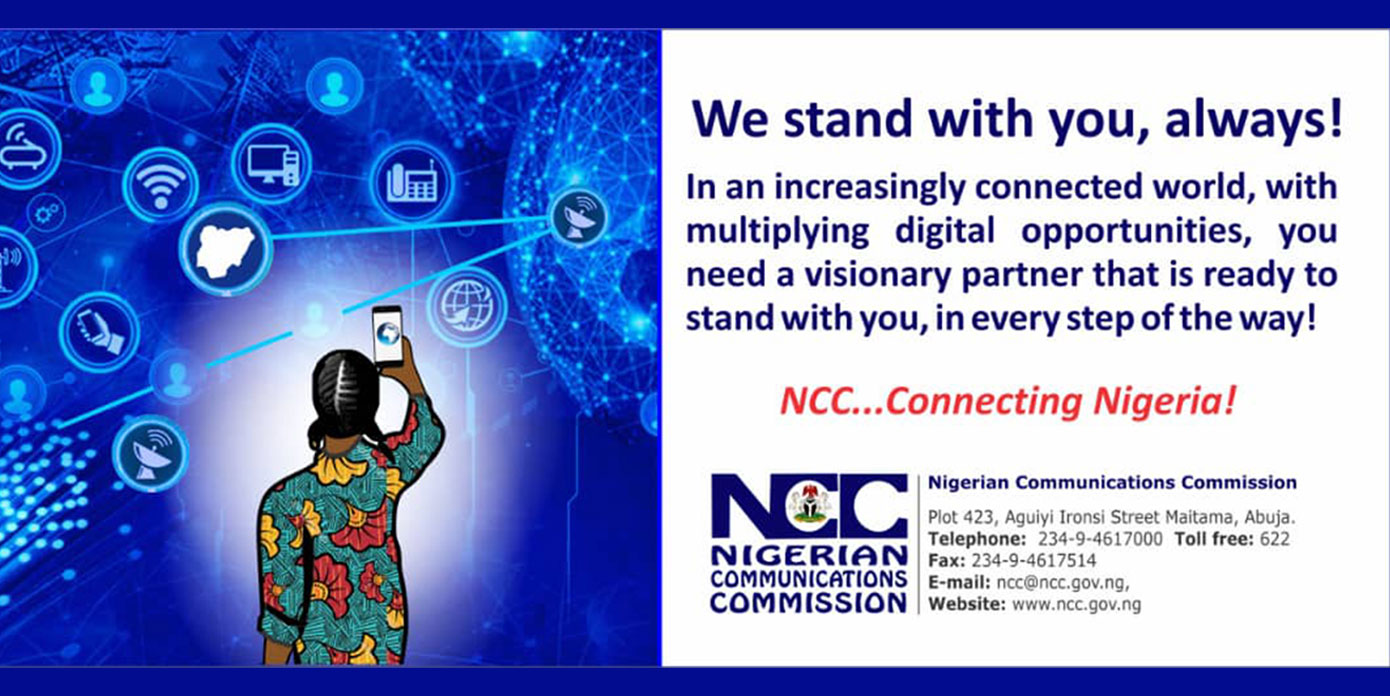Ericsson, has said that the number of 5G subscribers across the globe would hit 1.9 billion, 400 million more than the 1.5 billion figure in its previous forecast.
The Swedish company has controlling stakes in the supply of technology systems in the roll-out of Nigerian mobile networks.
The Ericsson forecast came at a time the Nigerian regulator has revealed that it would toe the path of global trends in 5G deployment.
The Ericsson update came in its latest mobility report, a five-year forecast of developments in the mobile industry that Ericsson churns out twice a year.
In November, Ericsson was guiding for 1.5 billion 5G subscriptions by 2024, but that figure has been increased to 1.9 billion in the edition published today.
The increase follows 5G commercial launches in the US, South Korea and a handful of other international markets, with Ericsson claiming to be responsible for eight of the nine 5G networks that are currently live.
Ericsson expects to see 10 million 5G subscriptions by the end of this year and says the number will quickly grow in 2020 as operators in other markets switch on networks and consumers upgrade their smartphones.
The figure of 1.9 billion subscriptions in 2024 will account for more than a fifth of all mobile subscriptions at that time, according to Ericsson.
The more sluggish 4G standard will remain the dominant access technology that year, with about 5 billion subscriptions globally, but its best days will be in the past: 4G will peak in 2022, says Ericsson, with around 5.3 billion subscriptions that year.
Sticking with 5G, Ericsson is anticipating the arrival of the first chipsets for the “standalone” version of 5G later this year. The standalone variant of the technology introduces a new 5G core network to go alongside the radio stuff, with non-standalone — the focus for most operators right now — relying on the old 4G core.
By the end of the year, Ericsson expects smartphones will have become available for all three of the main frequency ranges that operators are using to support 5G services: sub-1GHz, mid-band and millimeter wave.
New 5G networks will quickly do their share of heavy lifting as well, carrying 35% of all data traffic globally in 2024, according to the Swedish vendor’s new report.
The average smartphone customer in North America will consume 39 gigabytes of data every month in 2024, reckons Ericsson — suggesting life for Generation Z-ers will be almost entirely online.
That is potentially great news for Ericsson and the world’s gadget makers, but it will not be so welcome to service providers teetering under all that mobile traffic.
Perhaps operators will finally work out how to boost revenues after launching a new mobile technology.














